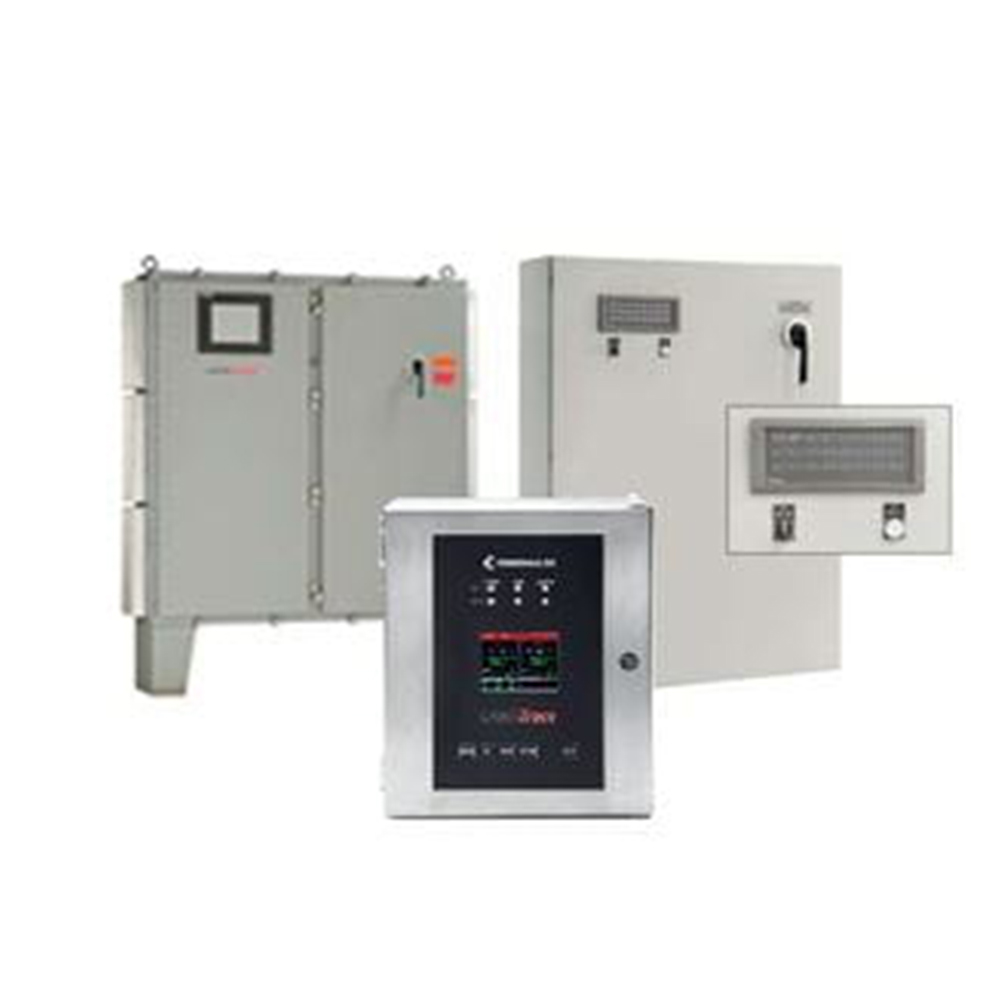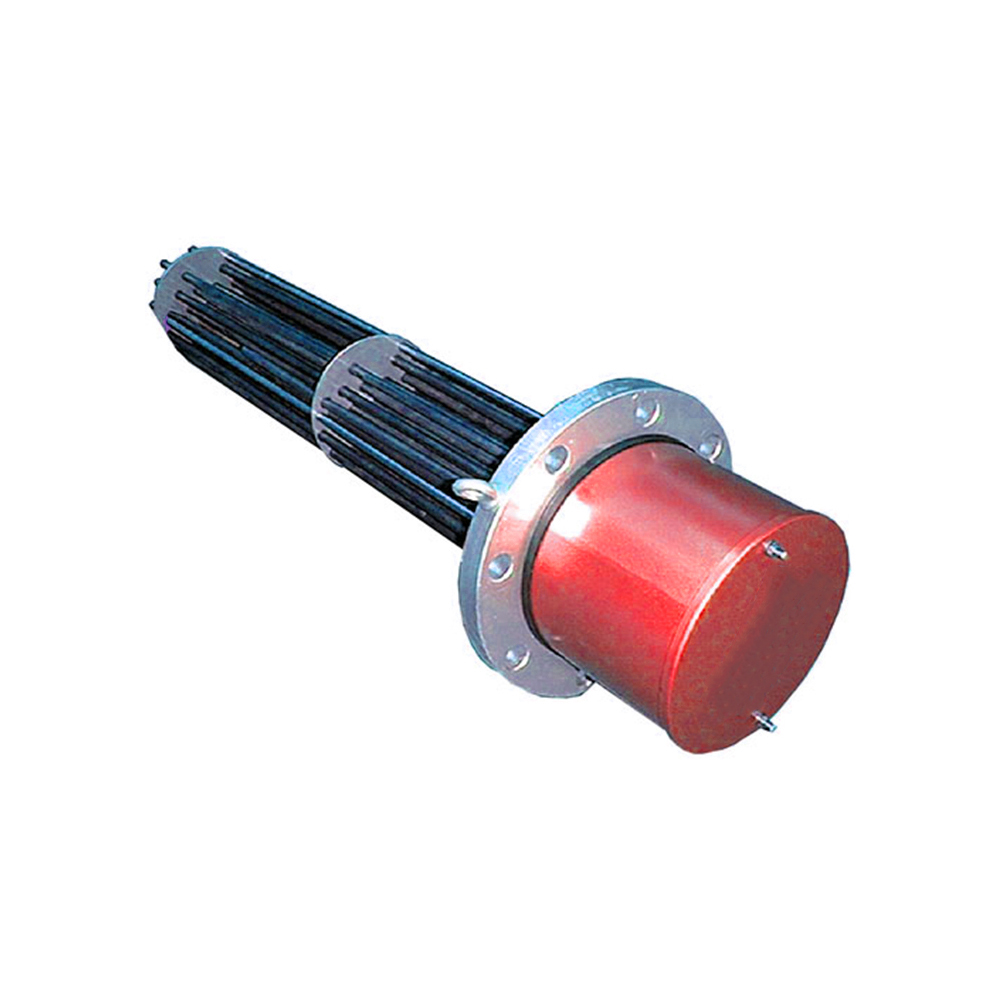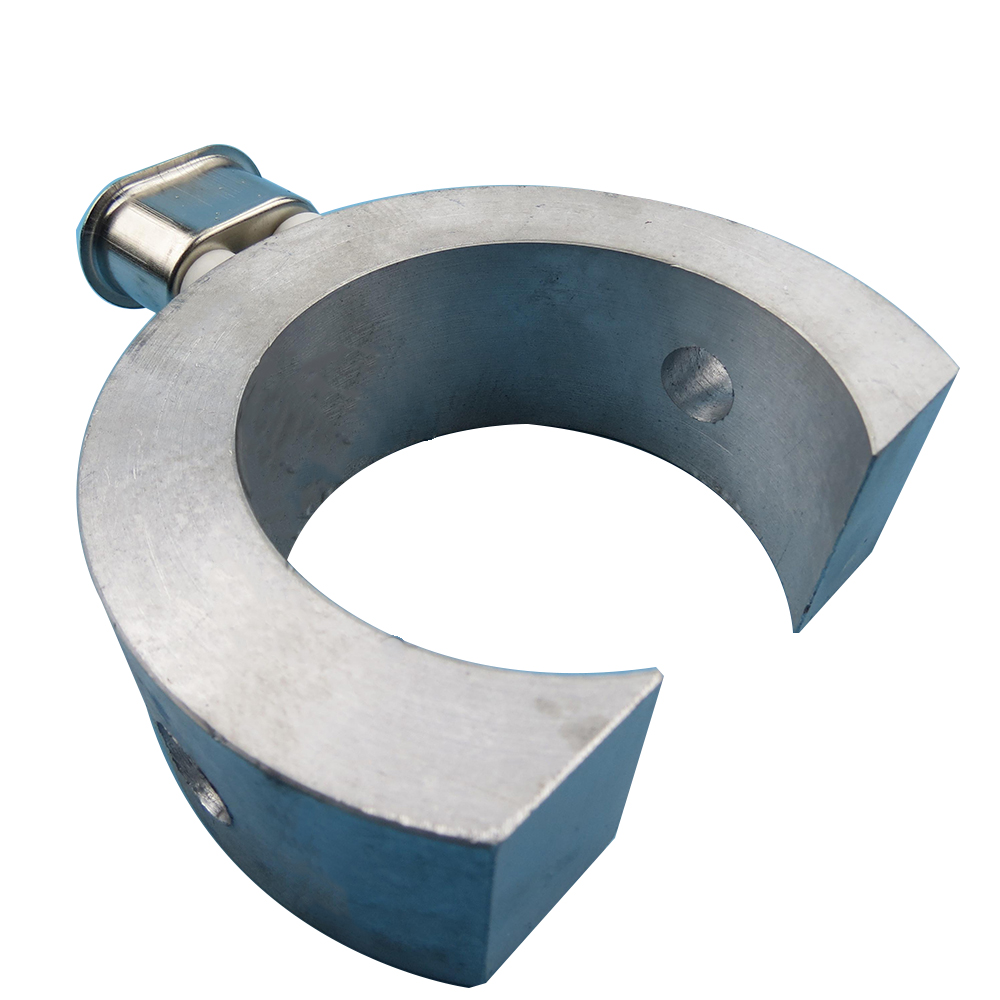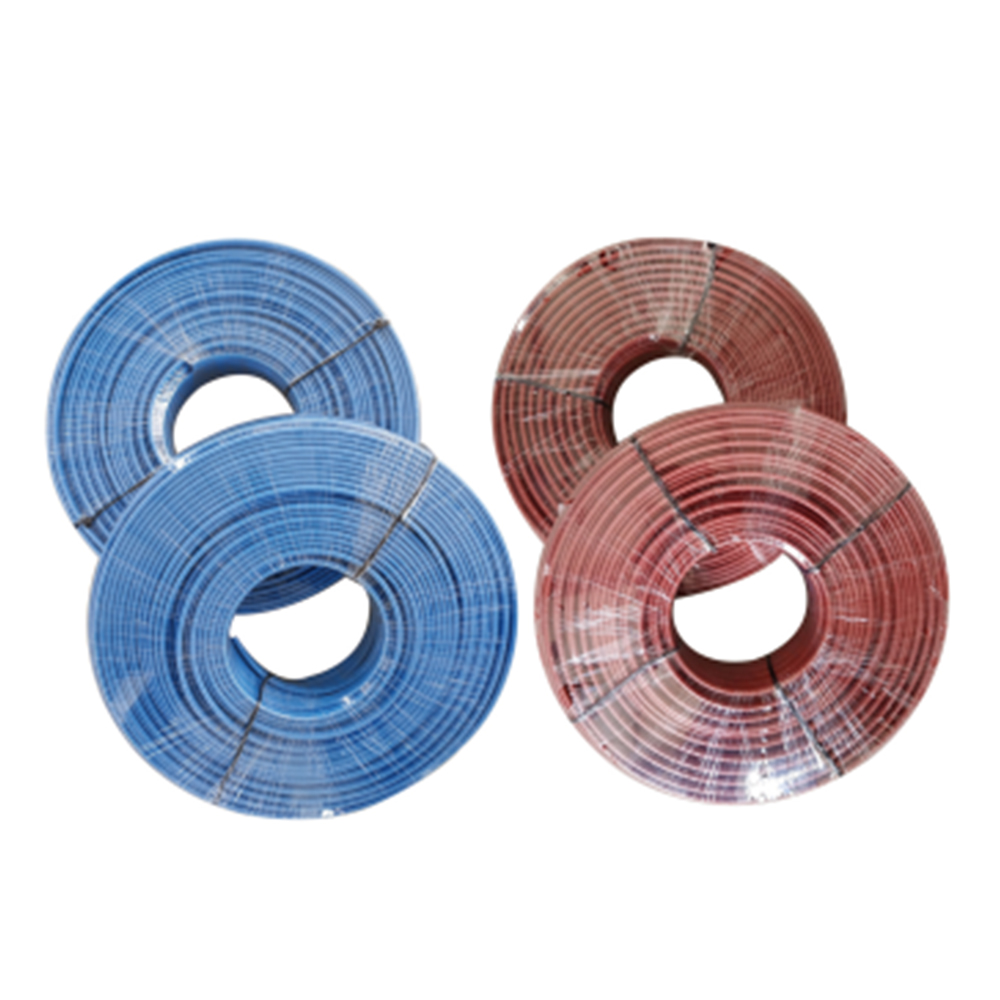Cheap PriceList for Horizontal Type Industrial Heater - Low temperature trace heating – Weineng
Cheap PriceList for Horizontal Type Industrial Heater - Low temperature trace heating – Weineng Detail:
Feature
Trace heating cables contain two copper conductor wires that are parallel in length which creates a heating zone with a resistance filament in place. With a fixed voltage supplied, a constant wattage is produced which then heats up the zone.
Application
The most common pipe trace heating applications include:
Freeze protection
Temperature maintenance
Snow Melting On Driveways
Other uses of trace heating cables
Ramp and stair snow / ice protection
Gulley and roof snow / ice protection
Underfloor heating
Door / frame interface ice protection
Window de-misting
Anti-condensation
Pond freeze protection
Soil warming
Preventing cavitation
Reducing Condensation On Windows
FAQ
1.Are you factory?
Yes, we are factory, all customers are more than welcome to visit our factory .
2.Can you put foam pipe insulation over heat tape?
If the tape is covered with pipe insulation, it will be more effective. Tubes of foam insulation fitted over pipes and heat tape are a good choice. To make sure that the heat tape can be covered with insulation, read the package directions carefully.
3.Can you heat trace PVC pipe?
PVC pipe is a dense thermal insulation. Since the thermal resistance of plastic is significant (125 times that of steel), the heat tracing density for plastic pipes must be considered carefully. … PVC pipe is usually rated as being able to withstand temperatures between 140 to 160°F.
4.Is heat tape dangerous?
But according to the Consumer Product Safety Commission (CPSC), heat tapes are the cause of approximately 2,000 fires, 10 deaths and 100 injuries every year. … The heat tape that most homeowners use comes in stock lengths, like extension cords, that run from a few feet long to almost 100 feet.
5.How much electricity do heating cables use?
A typical constant wattage cable might use 5 watts per foot no matter what the temperature is outside. So, if the cable is 100 feet long, it will use 500 watts per hour. Electricity is paid for in watts, not amps or volts. To calculate, take your cost per kilowatt/hr and multiply by watts of the heat cable.
Production Process
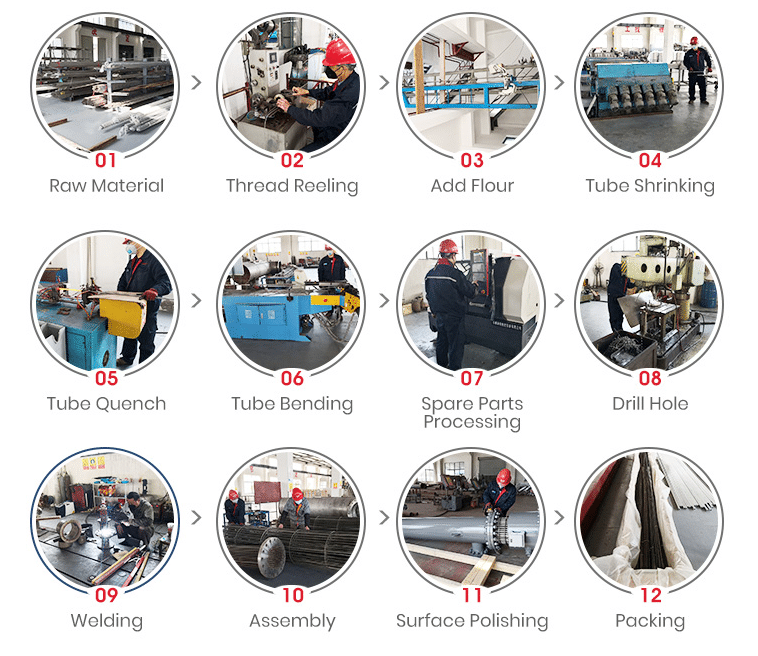
Markets & Applications

Packing
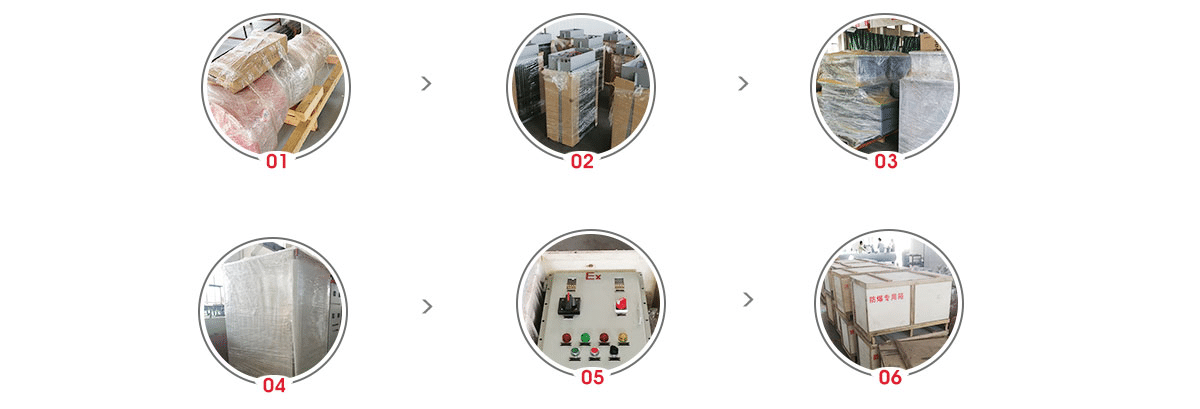
QC & Aftersales Service
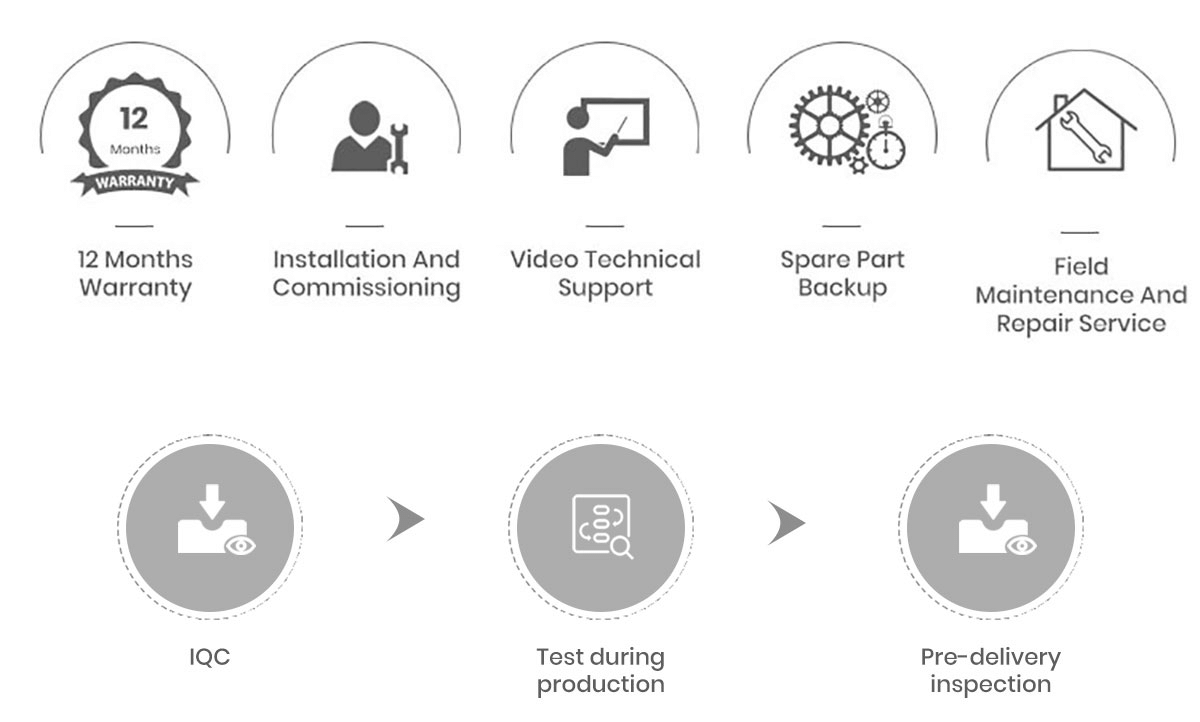
Certification

Contact information
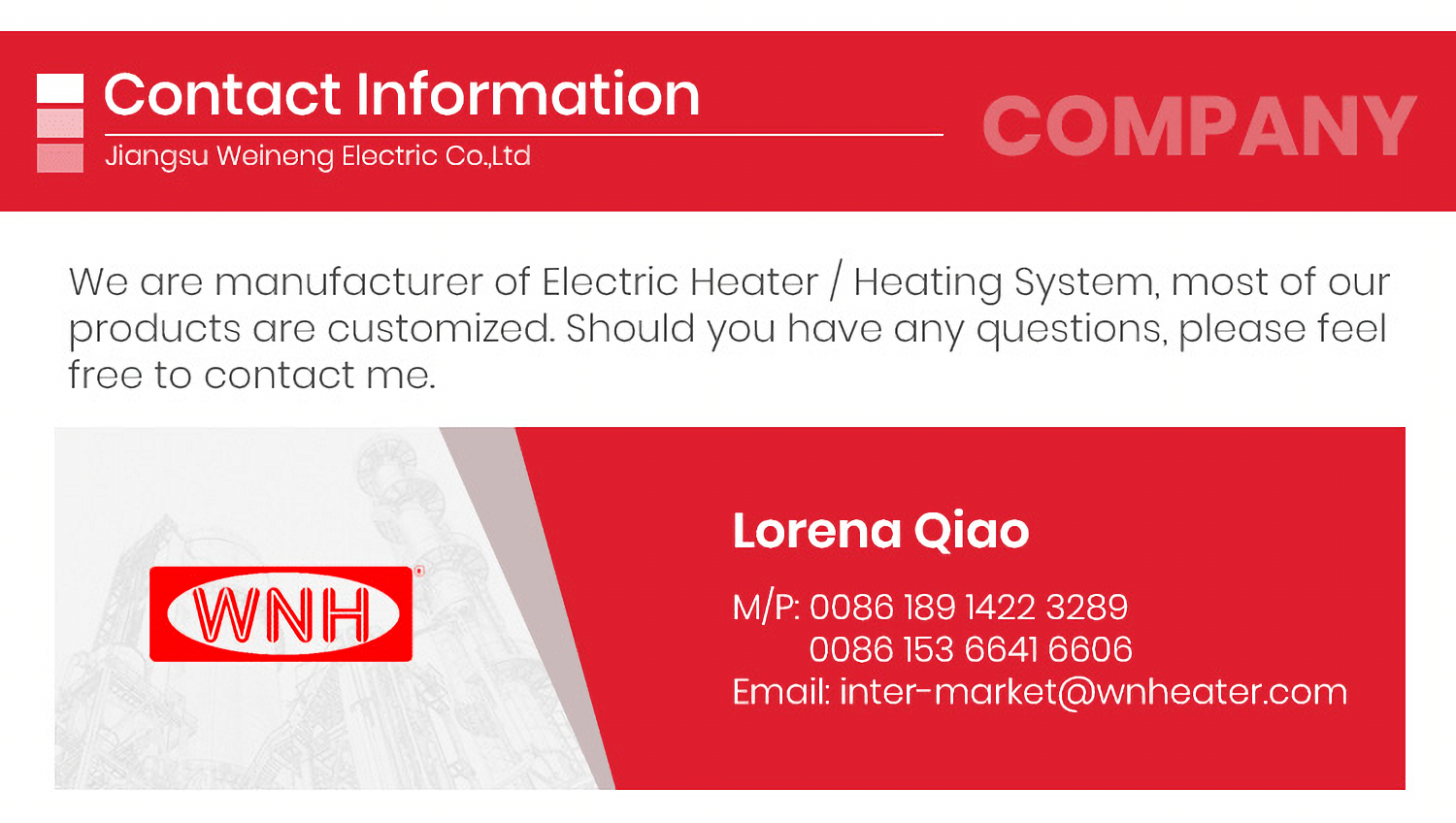
Product detail pictures:





Related Product Guide:
Sticking to the principle of "Super High-quality, Satisfactory service" ,We are striving to generally be a very good business partner of you for Cheap PriceList for Horizontal Type Industrial Heater - Low temperature trace heating – Weineng , The product will supply to all over the world, such as: Costa rica, Tunisia, Cambodia, We provide good quality but unbeatable low price and the best service. Welcome to post your samples and color ring to us .We will produce the goods according to your request. If you are interested in any products we offer, please feel free to contact us directly by mail, fax, telephone or internet. We are here to answer your questions from Monday to Saturday and looking forward to cooperating with you.
We have been engaged in this industry for many years, we appreciate the work attitude and production capacity of the company, this is a reputable and professional manufacturer.

